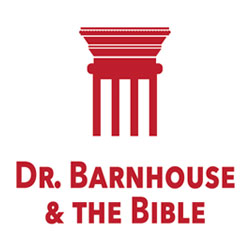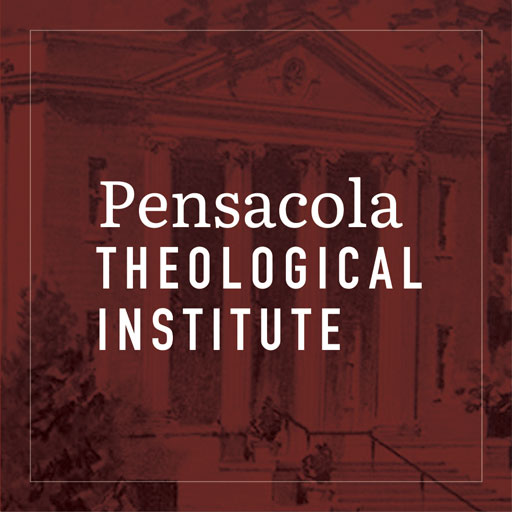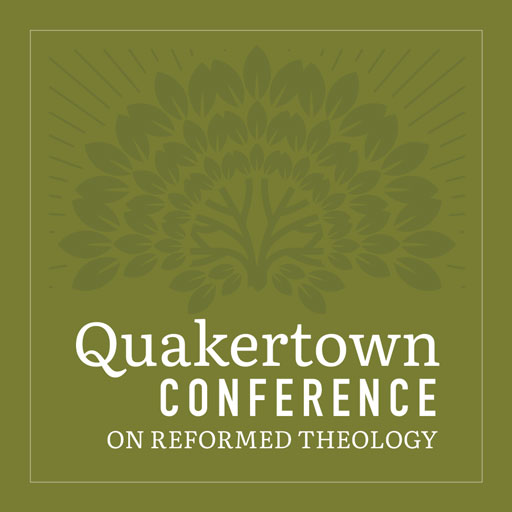
The Arrival of the King of Heaven
As Easter approaches, many churches will mark its beginning with a Palm Sunday service. This is more than just a nod to the tradition of the church; it is an acknowledgement that each detail of the gospel record has vital place in our understanding of the redemption Christ secured. So, with the arrival of our Lord in Jerusalem at the beginning of Passion Week, it is worth looking more closely at how this is true of this also.
His entry into the Holy City has often been labelled as ‘Triumphal,’ but that is really a misnomer. Such language carries overtones of triumphalism and pride; clearly there are no signs of such an aura around our Lord on that day. Quite the opposite, he comes in a way that quietly challenges everything that is wrong with our fallen, self-exalting humanity and announces – without his having to say a word – the wonder of his salvation.
Given the location this event and the audience of Jews who witnessed it, there are clear signals being sent to them in particular. They had repeatedly misunderstood and misread the words and works of Jesus, reading them through the lens of their longing for a restored earthly monarchy with a king who would be David redivivus. But Jesus repeatedly challenged this notion and now, at this critical juncture, he does so decisively. Matthew’s account of what happened records at least four key ways in which this was so.
In the first instance, there was a powerful visual impact in the way Jesus entered the city. Clearly Jesus was quite deliberate in how he chose to do so – fully aware of how this would be seen by all who looked on. The route he chose for his arrival had clear Messianic associations – coming from the Mount of Olives (Zech 14.4). So too, his means of transport – a donkey (Zech 9.9). And on top of this, he did not try to silence the crowds in their effusive adulation. Jesus was being intentional with every detail with a view, on the one hand, to challenging the false expectations among the Jews of the kind of king they needed; but at the same time setting out visually what God had foretold. The Saviour-King God promised would come in humility and would usher in peace. Jesus’ entrance to the city that day lays down a challenge to human nature and its warped notions about where and how ‘salvation’ is to be found.
Another facet of what made this event so striking for the crowds was its echoes of the ancient prophecies they knew so well. What they were seeing resonated with what they had been hearing through the prophets. Matthew quotes from Isaiah (62.11) and Zechariah (9.9). The contexts in which these previews of the Christ occur are telling. The Zechariah passage is God’s telling his people, ‘Your King is coming,’ while in Isaiah it is, ‘Your Saviour is coming.’ So, Jesus is publicly declaring that these two great strands of prophetic expectation converge in him. He is the King the Jews had been waiting for and who both they and the world at large uniquely needed.
There is another curious detail in the way Matthew cites these references. He omits the middle line of Zechariah’s statement: namely that he would come ‘vindicated and victorious’ [NASB]. This was deliberate on the part of the Evangelist, signalling that the victory of the King was yet to be secured – through the cross and by the resurrection.
Perhaps a not so obvious third detail that explains the significance of this event is the prayer that is embedded in what was happening. The three chants echoed by the crowds come across at one level as adulations; but at another level they express a prayer. As they looked at the man from Galilee on a donkey, they were crying out to God in heaven to come to their aid in salvation. ‘Hosanna!’ was a cry for God to save, but was directed to the one whose name, Jesus, means ‘Yahweh saves!’ This combined with the other forms of address they take on their lips – ‘Son of David,’ ‘He who comes in the name of the Lord’ and ‘Hosanna in the highest’ – unite the praise that only God deserves with the plea that he would usher in salvation. And, even without their fully realising its full significance, they direct these words at Jesus. They were crying out for God to unleash the full resources of heaven to bring salvation. But little did they know that he would do so through in Jesus on the cross.
The last detail in Matthew’s account of the arrival of the King is seen in the little gloss he adds: ‘the whole city was stirred’ (21.9). He uses the word that gives us ‘seismic’ in English. It is the same word Matthew uses in relation to the impact of the news of Jesus’ birth (2.3) and the physical tremors that shook Jerusalem when he died (27.51) and when he rose (28.2-4). At these critical moments, surrounding the climax of redemptive history, God literally shook his people to capture their attention. And, as Matthew notes, the appropriate question to ask in face of these events is, ‘Who is this?’ (21.10). To which the crowd answers, ‘This is Jesus, the prophet’ (21.11). In their minds they may have simply meant, ‘the local preacher from Galilee who has become a national sensation.’ But, in reality, he was ‘the Prophet’ foretold by Moses who would come to make God fully known and who would usher in salvation in full.
In our age in which triumphalism has invaded the church, we would do well to remember the arrival of the King of heaven – not with pomp and circumstance; but, ‘humble and riding on a donkey.’
























